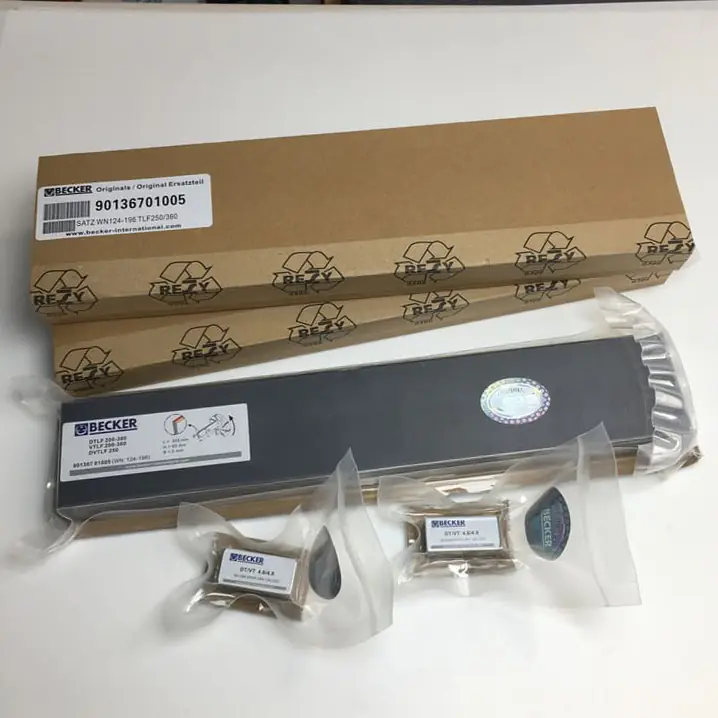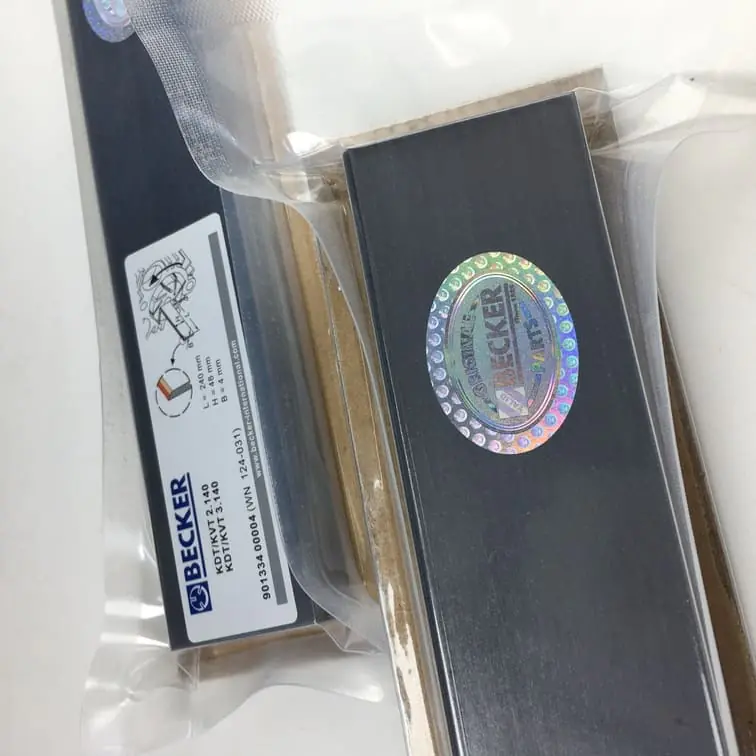How to Install Vacuum Pump Fitting
Installing a vacuum pump fitting might seem daunting at first, but with the right approach and tools, it can be a straightforward task. In this article, we’ll explore everything you need to know about the installation process, ensuring that you have a comprehensive guide at your fingertips.
Understanding Vacuum Pump Fittings
Before diving into the installation process, it’s essential to understand what vacuum pump fittings are and their significance. A vacuum pump fitting serves as the connection between the vacuum pump and the system it operates. It ensures a tight seal, allowing the pump to create the necessary vacuum for various applications, such as in HVAC systems, laboratory environments, and industrial machinery.
Components of Vacuum Pump Fittings
Vacuum pump fittings typically consist of several components, including:
- Hoses: Flexible connections that allow movement and reduce stress on joints.
- Adapters: Used to connect hoses of different diameters or types.
- Seals and Gaskets: Critical for preventing air leaks.
- Valves: Control the flow of gases and maintain system integrity.
Each of these components plays a vital role in the overall functionality of the vacuum system.
Importance of Proper Installation
Installing vacuum pump fittings correctly is crucial for:
- Efficiency: Proper installation ensures the vacuum pump operates at its optimal capacity, reducing energy costs.
- Safety: Leaks can lead to hazardous situations, especially in industrial applications.
- Longevity: Well-fitted components minimize wear and tear, extending the life of your equipment.
Tools and Materials Needed
Before starting the installation process, gather the following tools and materials:
Tools
- Wrenches: For tightening fittings.
- Screwdrivers: For adjusting clamps and securing hoses.
- Hose Cutters: If you need to adjust the length of hoses.
- Torque Wrench: To ensure that fittings are tightened to the manufacturer’s specifications.
Materials
- Vacuum Pump Fittings: Choose high-quality fittings suitable for your specific pump.
- Hoses: Ensure they are compatible with both the pump and the application.
- Sealing Tape: Use Teflon tape to create airtight seals.
- Clamps: Necessary for securing hoses to fittings.
Step-by-Step Installation Guide
Step 1: Prepare the Area
Ensure that your workspace is clean and free from debris. This preparation helps avoid contamination in the vacuum system.
Step 2: Gather the Fittings
Select the appropriate fittings for your vacuum pump. Check the specifications to ensure compatibility with the pump and the intended application.
Step 3: Cut the Hoses (if necessary)
If the hoses need adjustment, use a hose cutter for clean cuts. Make sure the lengths are appropriate for your installation setup.
Step 4: Attach the Fittings
- Screw on the fittings: Start by attaching the fittings to the vacuum pump. Use a wrench to secure them, but be careful not to overtighten, which can damage the fittings.
- Add sealing tape: Wrap Teflon tape around the threads of the fitting to prevent leaks.
Step 5: Connect the Hoses
- Slide the hose onto the fitting: Make sure it fits snugly.
- Secure with clamps: Use clamps to fasten the hose in place. Tighten them to ensure a leak-proof connection.
Step 6: Test for Leaks
Once everything is connected, turn on the vacuum pump. Monitor the system for any signs of leaks. If you notice any air escaping, you may need to re-tighten the fittings or replace the seals.
Step 7: Final Checks
After ensuring everything is leak-free, conduct a final inspection. Make sure all connections are secure and that the vacuum pump is functioning correctly.
Common Challenges and Solutions
Even with careful preparation, challenges may arise during installation. Here are some common issues and solutions:
Leaks at Connections
Solution: Check if the fittings are properly tightened and if the seals are intact. Reapply sealing tape if necessary.
Difficulty in Tightening Fittings
Solution: Ensure you’re using the correct size wrench and that you’re applying consistent pressure.
Hose Compatibility Issues
Solution: Double-check specifications before purchasing hoses. Using adapters can also help resolve size discrepancies.
Maintenance Tips for Vacuum Pump Fittings
Maintaining your vacuum pump fittings is just as important as proper installation. Here are some tips to ensure longevity and efficiency:
- Regular Inspections: Frequently check for wear and tear on hoses and fittings.
- Clean Components: Keep fittings and hoses free of contaminants.
- Replace Seals: If you notice leaks, replace gaskets and seals promptly.
Frequently Asked Questions
1. What are vacuum pump fittings made of?
Vacuum pump fittings are typically made from materials like stainless steel, brass, or durable plastics, designed to withstand varying pressures and environmental conditions.
2. How often should I check my vacuum pump fittings?
It’s advisable to inspect your fittings every few months, especially in high-use environments, to prevent leaks and ensure optimal performance.
3. Can I use any type of hose with my vacuum pump?
No, it’s essential to use hoses that are compatible with both your vacuum pump and the specific application to ensure safety and efficiency.
4. What should I do if I encounter a persistent leak?
If you detect a leak that you can’t fix through tightening or replacing seals, consider consulting a professional to assess the situation.
Conclusion
Installing a vacuum pump fitting is a critical task that requires attention to detail and the right materials. By following the steps outlined in this guide and ensuring regular maintenance, you can optimize your vacuum system’s performance and longevity. Always prioritize safety and efficiency in your installations, and don’t hesitate to reach out for assistance if needed. Understanding the components and the installation process will empower you to handle your vacuum pump with confidence.
For further reading, consider exploring additional resources on vacuum pump parts and maintenance. Together, we can ensure your systems run smoothly for years to come.




